Home>diy>Architecture & Design>How To Design Your Spanish Mediterranean House
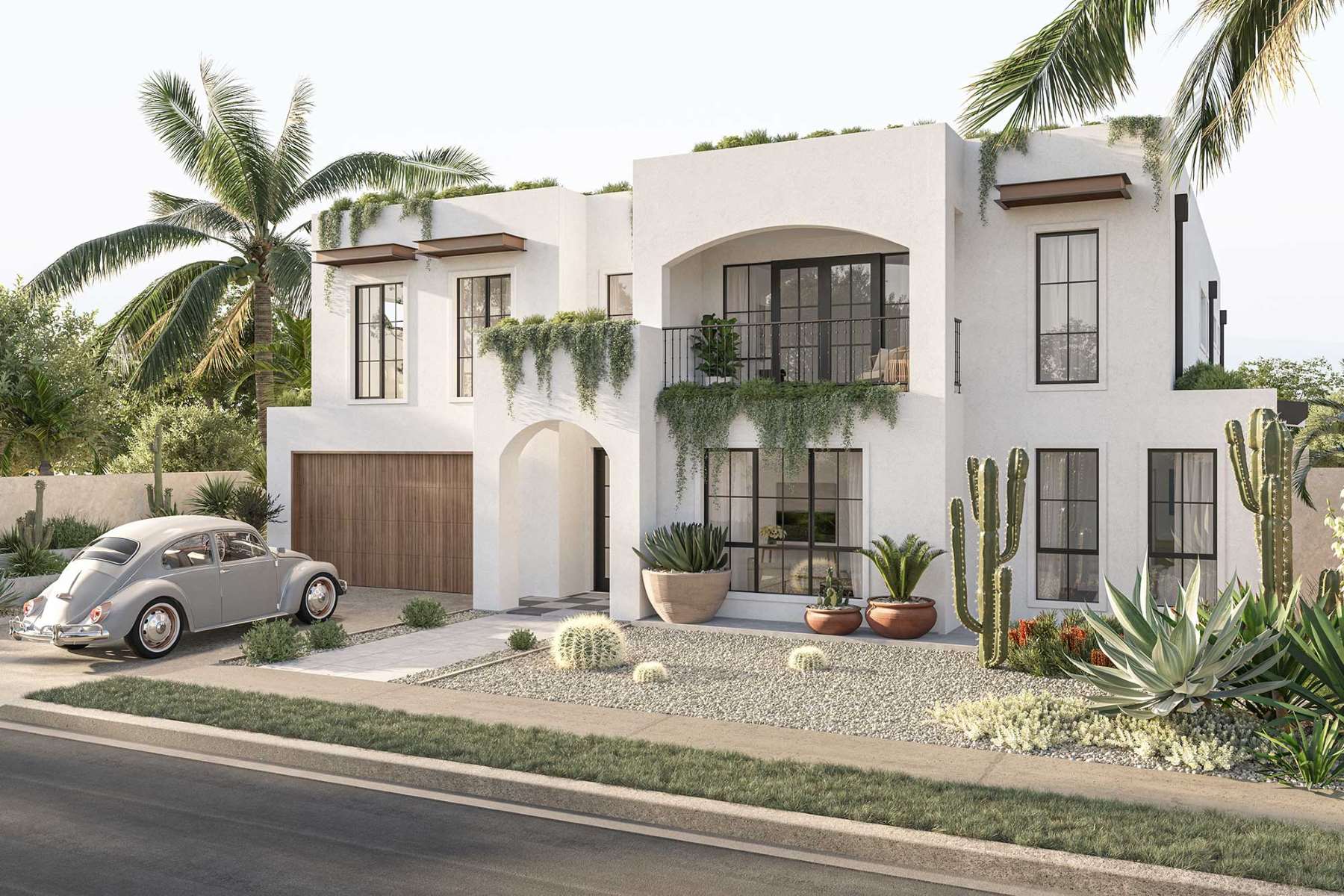

Architecture & Design
How To Design Your Spanish Mediterranean House
Modified: February 29, 2024
Learn how to create the perfect Spanish Mediterranean house with our expert architecture design tips, ensuring a stunning and authentic home that reflects your unique style.
(Many of the links in this article redirect to a specific reviewed product. Your purchase of these products through affiliate links helps to generate commission for Storables.com, at no extra cost. Learn more)
Introduction
When it comes to designing your dream house, few architectural styles are as captivating and charming as the Spanish Mediterranean. Inspired by the rich cultural heritage of Spain and the coastal beauty of the Mediterranean region, this style exudes warmth, elegance, and timeless appeal.
With its distinctive features such as stucco walls, terracotta roofs, arched windows and doorways, and vibrant colors, a Spanish Mediterranean house captures the essence of Mediterranean living. This architecture style combines the best of Spanish and Mediterranean traditions, creating a unique blend that is both visually stunning and functional.
In this article, we will guide you through the process of designing your Spanish Mediterranean house, offering insight into the key elements that make this style so special. From choosing the ideal location to selecting the perfect color palette, we will cover all the essential steps to help you create a beautiful and authentic Spanish Mediterranean home.
So, if you’re ready to embark on a journey to create your own Mediterranean haven, let’s dive in and explore the world of Spanish Mediterranean architecture and design.
Key Takeaways:
- Embrace the warmth, elegance, and timeless charm of Spanish Mediterranean architecture by carefully selecting the right location, incorporating classic elements, and creating a welcoming entryway and interior spaces.
- Capture the essence of Mediterranean living by choosing earthy color palettes, incorporating typical decorative elements, and creating a beautifully landscaped Spanish Mediterranean garden that complements the architectural style of your home.
Read more: How To Add A Porch To Your House
Choosing the Right Location for Your Spanish Mediterranean House
Choosing the right location is crucial when designing a Spanish Mediterranean house. The ideal setting should complement the architectural style and capture the essence of the Mediterranean region.
One key factor to consider is the climate. Spanish Mediterranean architecture is designed to withstand the warm climate of coastal regions, so it is best suited for areas with mild winters and long, hot summers. Look for locations with a similar climate, such as the southern coast of Spain, California, or parts of the Mediterranean.
Proximity to the coastline is another important aspect to consider. Spanish Mediterranean houses often feature open floor plans and outdoor living spaces to take advantage of the beautiful views and sea breezes. Choosing a location near the coast will not only offer breathtaking vistas but also maximize the enjoyment of the Mediterranean lifestyle.
Consider the topography of the land as well. Spanish Mediterranean houses typically have low-pitched roofs and open courtyards. Look for a flat or gently sloping site that can accommodate these architectural features and provide ample space for landscaping, terraces, and outdoor entertaining areas.
Furthermore, think about the neighborhood and community. Spanish Mediterranean houses thrive in areas with a strong cultural connection to the Mediterranean region. Look for neighborhoods with a similar architectural style or ones that appreciate and adhere to design guidelines that align with the Spanish Mediterranean aesthetic.
Lastly, accessibility is a practical consideration. Choose a location that is convenient for daily necessities, such as grocery stores, schools, and healthcare facilities. Additionally, proximity to airports and major highways will make travel more convenient, ensuring that your Spanish Mediterranean house is not only a beautiful retreat but also a practical home.
By carefully selecting the right location for your Spanish Mediterranean house, you will be able to create a harmonious blend between the architecture and the natural environment, resulting in a truly stunning and authentic Mediterranean home.
Incorporating Classic Spanish Mediterranean Architecture
One of the defining aspects of a Spanish Mediterranean house is its distinctive architectural features. Incorporating these elements will give your home an authentic and timeless appeal. Here are some key characteristics of classic Spanish Mediterranean architecture:
- Stucco Walls: Stucco is a traditional material used in Spanish Mediterranean architecture. The smooth, plaster-like finish adds elegance and warmth to the exterior of the house. Opt for earthy tones like beige, terracotta, or warm white to enhance the Mediterranean feel.
- Terracotta Roofs: A hallmark of Spanish Mediterranean design, terracotta tiles bring a rustic and charming element to the house. The earthy red tones of terracotta complement the stucco walls and create a warm and inviting ambiance.
- Arches: Arched windows and doorways are a classic feature of Spanish Mediterranean architecture. These architectural details add a sense of grandeur and sophistication. Consider using stone or wrought iron detailing to accentuate the arched openings.
- Balconies and Courtyards: Spanish Mediterranean houses often feature balconies and courtyards. These outdoor spaces provide opportunities for relaxation and beautiful views. Add wrought iron railings and potted plants to create a charming and inviting atmosphere.
- Tile Work: Intricate tile work is another characteristic of Spanish Mediterranean design. Incorporate decorative tiles on stair risers, fireplace surrounds, and kitchen backsplashes. Choose vibrant colors and patterns that reflect the Mediterranean aesthetic.
When designing your Spanish Mediterranean house, it’s essential to work with an architect who has experience in this architectural style. They will be able to guide you in incorporating these classic elements while ensuring that the design adheres to your preferences and the regulations of your specific location.
By incorporating these classic Spanish Mediterranean architectural features, you will create a home that exudes timeless beauty and captures the essence of Mediterranean living.
Designing the Exterior of Your Spanish Mediterranean House
The exterior of a Spanish Mediterranean house is where the architectural style truly shines. From the stucco walls to the terracotta roofs, every detail contributes to the overall charm and elegance. Here are some tips for designing the exterior of your Spanish Mediterranean house:
- Stucco Finishes: As mentioned earlier, stucco is a key feature of Spanish Mediterranean architecture. Consider different textures and finishes for the stucco walls, such as smooth or textured, to add depth and visual interest to the exterior.
- Terracotta Roof Tiles: Opt for terracotta roof tiles to achieve an authentic Spanish Mediterranean look. The earthy red tones of the tiles complement the stucco walls beautifully and create a warm and inviting ambiance.
- Arched Windows and Doors: Arched windows and doors add a touch of elegance to the exterior facade. Consider using wrought iron accents, such as grills or decorative detailing, to enhance the visual appeal of the arched openings.
- Balconies and Porches: Incorporate balconies and porches into the design to create outdoor spaces that capture the essence of Mediterranean living. Add wrought iron railings and outdoor furniture to make these areas inviting and functional.
- Courtyard and Patio: Spanish Mediterranean houses often feature an inner courtyard or patio that serves as a private outdoor oasis. Consider including a central fountain, lush plants, and colorful tiles to create a tranquil and charming space.
- Landscaping: Pay attention to the landscaping to complement the architectural style. Use native Mediterranean plants such as olive trees, citrus trees, lavender, and bougainvillea to add color and texture to the exterior. Incorporate gravel paths, stone walkways, and decorative pots to enhance the Mediterranean feel.
Remember, the exterior is the first impression of your Spanish Mediterranean house, so it’s important to invest time and effort into the design. Work closely with your architect and landscaper to ensure that all the details come together harmoniously, creating a visual masterpiece that captures the essence of Mediterranean charm.
Selecting the Perfect Color Palette for a Spanish Mediterranean House
The color palette you choose for your Spanish Mediterranean house plays a crucial role in capturing the essence of this architectural style. By selecting the right colors, you can create a warm and inviting ambiance that is characteristic of Mediterranean living. Here are some tips for selecting the perfect color palette:
- Earthy Tones: Spanish Mediterranean houses often feature earthy tones that blend harmoniously with the surrounding natural landscape. Consider colors like sandy beige, warm terracotta, rich ochre, and deep browns for the exterior walls to create a warm and inviting facade.
- Contrasting Trims: To add visual interest and highlight architectural details, choose a contrasting color for the trim, such as a creamy white or a bold terracotta. This will help accentuate features like arched windows, doorways, and decorative tilework.
- Vibrant Accents: To infuse color and energy into the design, incorporate vibrant accent colors inspired by the Mediterranean palette. Consider using shades of turquoise, deep blues, vibrant yellows, or warm oranges for doors, shutters, and decorative elements.
- Natural Materials: Use the colors found in natural materials as inspiration. The terracotta roofs and stone accents can guide your color choices for the exterior. Additionally, incorporate natural wood tones for doors, pergolas, and window frames to add warmth and a touch of rustic charm.
- Interior Colors: Continue the warm and cozy ambiance inside your Spanish Mediterranean house by choosing warm, earthy colors for the interior walls. Consider using shades of warm white, sandy beige, and terracotta as a base. Add pops of color through textiles, artwork, and decorative accessories inspired by the vibrant Mediterranean palette.
It’s important to consider the surrounding natural landscape and architectural elements when selecting your color palette. Blend in harmoniously with the environment while still making your Spanish Mediterranean house stand out and make a statement.
By selecting the right colors, you can create a visually appealing and cohesive design that embraces the essence of the Spanish Mediterranean style, evoking a sense of warmth, comfort, and timeless charm.
Read more: 11 Reasons Why Your Friends Hate Your House
Creating a Welcoming Entryway
The entryway of your Spanish Mediterranean house sets the tone for the entire home. It serves as a welcoming focal point that establishes the aesthetic and ambiance of the interior. Here are some tips for creating a welcoming entryway:
- Arched Doorway: Opt for an arched doorway reminiscent of traditional Spanish Mediterranean architecture. This architectural feature instantly adds elegance and sophistication to your entryway.
- Wrought Iron Details: Incorporate wrought iron accents, such as a decorative iron door or ironwork on windows and rails. Wrought iron adds a touch of authenticity and enhances the Mediterranean charm.
- Tiled Steps and Pathway: Use decorative tiles on the steps leading to your front door and create a beautiful pathway. Vibrant and intricately patterned tiles in a Spanish or Mediterranean style will make a stunning visual impact.
- Stately Front Door: Choose a front door that makes a statement. Consider a wooden door with carved details or a bold color to act as a focal point and create a warm and inviting entrance.
- Lush Plants and Greenery: Frame your entryway with lush plants and greenery to create a vibrant and inviting atmosphere. Palm trees, olive trees, and colorful flowering plants like bougainvillea are popular choices for Spanish Mediterranean landscapes.
- Outdoor Lighting: Install outdoor lighting fixtures to illuminate the entryway. This not only enhances the safety and security of your home but also creates an enchanting atmosphere in the evenings.
- Cozy Seating Area: If space permits, consider creating a small seating area near the entryway. This provides a place for guests to relax and enjoy the surroundings while adding a touch of charm and functionality to your entryway.
The entryway of a Spanish Mediterranean house should evoke a sense of grandeur, elegance, and warmth. By incorporating these design elements, you can create a welcoming entryway that sets the stage for the rest of your home, giving visitors a taste of the aesthetic and ambiance that awaits them inside.
When designing your Spanish Mediterranean house, focus on incorporating elements such as terracotta tiles, wrought iron details, and stucco walls to achieve an authentic and timeless look.
Designing the Interior Spaces in a Spanish Mediterranean Style
The interior spaces of a Spanish Mediterranean house are designed to be warm, inviting, and full of character. The following tips will help you create an interior that reflects the charm and elegance of this architectural style:
- Open Floor Plan: Spanish Mediterranean houses often feature an open floor plan that promotes flow and connectivity between rooms. This allows for seamless transitions and better utilization of natural light.
- Vaulted Ceilings with Exposed Beams: Incorporate vaulted ceilings with exposed wooden beams to add a sense of grandeur and rustic charm. The rich wood tones contrast beautifully with the warm colors of the walls and add visual interest.
- Textured Walls: Consider using textured finishes on the interior walls to create depth and visual appeal. Techniques such as Venetian plaster or textured wallpapers can add a touch of authenticity to the space.
- Warm Color Palette: Choose a warm color palette inspired by the Mediterranean landscape. Opt for earthy tones such as sandy beige, terracotta, warm taupe, and muted yellows to create a cozy and inviting atmosphere.
- Stone or Tile Flooring: Use natural stone or tile flooring, such as terra cotta or Saltillo tiles, to add authenticity and enhance the Mediterranean feel. These materials are durable, easy to maintain, and provide a cool and comfortable surface.
- Arched Doorways and Windows: Incorporate arched doorways and windows in the interior spaces to maintain architectural continuity and add a touch of elegance. Consider using decorative iron grills or stained glass inserts for added character.
- Fireplace: Install a fireplace as a focal point in the living area. Choose a design that features ornate details such as carved stone or a decorative mantel to exemplify the Spanish Mediterranean style.
- Exposed Brick or Stone Walls: Consider exposing brick or stone walls to add texture and visual interest. This creates a rustic and authentic look that adds character to your interior spaces.
- Mosaic or Tile Accents: Incorporate mosaic or tile accents in the kitchen and bathroom areas. Use vibrant colors and intricate patterns inspired by traditional Spanish or Mediterranean designs to add a pop of visual interest.
- Rustic Wood Furniture: Opt for rustic wooden furniture pieces to complement the overall design. Choose pieces with carved details, such as a dining table or a sideboard, to add a touch of craftsmanship and authenticity.
Remember, the goal is to create a warm and inviting interior that reflects the charm and elegance of Spanish Mediterranean architecture. By incorporating these design elements, you can achieve a space that is both visually captivating and comfortable to live in.
Incorporating Typical Spanish Mediterranean Decorative Elements
In addition to architectural features, the decorative elements play a vital role in capturing the essence of a Spanish Mediterranean house. These elements add charm, character, and a sense of authenticity to the interior spaces. Here are some typical Spanish Mediterranean decorative elements to consider:
- Talavera Tiles: Talavera tiles, characterized by their vibrant colors and intricate patterns, are a staple in Spanish Mediterranean design. Use them as accents on backsplashes, bathroom walls, or even as decorative stair risers.
- Wrought Iron Details: Wrought iron is a hallmark of Spanish Mediterranean style. Incorporate wrought iron elements throughout your home, such as stair railings, chandeliers, and decorative accents like candle holders or wall sconces.
- Hand-Painted Pottery: Display handmade, hand-painted pottery pieces as decorative accents. These colorful and intricately designed ceramics add a touch of authenticity to shelves, mantels, or side tables.
- Moroccan-inspired Textiles: Add a touch of Moroccan influence with textiles such as throw pillows, rugs, or curtains featuring vibrant colors, geometric patterns, and intricate embroidery.
- Decorative Wall Sconces: Install decorative wall sconces with wrought iron or ceramic details to add ambient lighting and a touch of old-world charm to your interior spaces.
- Ornate Mirrors: Hang ornate mirrors with carved wooden frames or wrought iron details. These mirrors not only serve a functional purpose but also add visual interest and reflect light.
- Using Decorative Archways: Incorporate decorative archways within your home, such as built-in bookshelves with arched tops or decorative arches in alcoves. These architectural elements add a sense of elegance and visual appeal.
- Carved Wooden Furniture: Choose furniture pieces with intricate carvings, such as a wooden bed frame or a vanity table. These handcrafted items bring a sense of craftsmanship and authenticity to your Spanish Mediterranean interior.
- Stenciled Wall Designs: Apply stenciled designs on walls to add decorative patterns and motifs. Consider using Spanish or Moroccan-inspired stencils in common areas like hallways or accent walls in living spaces.
- Indoor Courtyard: Create a mini courtyard within your home by incorporating a central atrium with potted plants, a small fountain, and natural elements. This brings the essence of outdoor Mediterranean living indoors.
By incorporating these typical Spanish Mediterranean decorative elements, you can infuse your interior spaces with the charm, elegance, and warmth that define this architectural style.
Choosing the Right Furniture and Accessories for Your Spanish Mediterranean House
The furniture and accessories you select for your Spanish Mediterranean house should complement the architectural style and enhance the overall aesthetic. Here are some tips to help you choose the right furniture and accessories:
- Wooden Furniture: Opt for furniture made from warm, richly-toned woods like oak, walnut, or mahogany. Look for pieces with carved details and curved lines to align with the Spanish Mediterranean style.
- Upholstery: Choose upholstery fabrics in earthy tones such as muted greens, warm browns, or deep reds. Consider incorporating textures like leather or tapestry patterns inspired by traditional Spanish or Mediterranean designs.
- Iron and Wrought Iron Accents: Integrate iron or wrought iron accents in furniture pieces or as decorative elements. Coffee tables with wrought iron legs, bed frames with iron scrollwork, or decorative iron room dividers add a touch of authenticity and elegance.
- Tile Details: Select furniture with tile accents or incorporate tile details in your accessories. For example, a coffee table with a tiled tabletop or decorative tile inlays in cabinets or sideboards can add a unique Spanish Mediterranean touch.
- Rustic Lighting Fixtures: Choose lighting fixtures with rustic elements such as ironwork, antiqued finishes, or lantern-style designs. These fixtures will add character and nostalgia to your Spanish Mediterranean interior.
- Decorative Rugs: Lay down rugs with vibrant colors and intricate patterns inspired by Spanish or Moroccan designs. These rugs will not only anchor your furniture but also add visual interest and warmth to your space.
- Mediterranean-inspired Artwork: Decorate your walls with artwork that embodies the charm and beauty of the Mediterranean region. Look for paintings, prints, or photographs featuring landscapes, coastal scenes, or traditional Spanish and Mediterranean motifs.
- Ornate Mirrors: Hang mirrors with carved wooden frames or wrought iron details to add a touch of elegance and reflect light. Mirrors can also create the illusion of larger spaces and enhance the overall ambiance of your Spanish Mediterranean house.
- Potted Plants and Greenery: Bring the outdoors in by incorporating potted plants and greenery throughout your home. Olive trees, succulents, or citrus plants not only add a fresh and natural element but also complement the Mediterranean aesthetic.
- Decorative Accessories: Enhance the Spanish Mediterranean vibe with decorative accessories like ceramic vases, colorful glassware, wrought iron candle holders, or handcrafted pottery. These small details will add charm and personality to your interior spaces.
When selecting furniture and accessories for your Spanish Mediterranean house, aim for a harmonious blend of comfort, elegance, and authenticity. Each piece should contribute to the overall aesthetic, creating a welcoming and visually captivating environment that reflects the beauty of the Mediterranean lifestyle.
Landscaping Ideas for a Spanish Mediterranean Garden
A beautifully landscaped garden is the perfect complement to a Spanish Mediterranean house. By incorporating the right elements, you can create a serene and charming outdoor space that captures the essence of Mediterranean living. Here are some landscaping ideas for a Spanish Mediterranean garden:
- Lush Plantings: Fill your garden with a variety of lush and vibrant plants that are native to Mediterranean regions. Consider using olive trees, lavender, rosemary, bougainvillea, and citrus trees to add color, texture, and fragrance to your outdoor space.
- Patterned Pathways: Use colorful and patterned tiles or natural stone to create pathways or stepping stones throughout your garden. This not only adds functionality but also adds visual interest and a touch of authenticity to the overall design.
- Mediterranean-inspired Water Features: Incorporate water features such as fountains, small ponds, or decorative water containers. These elements not only create a soothing atmosphere but also evoke a sense of tranquility and elegance.
- Terra Cotta Pots and Containers: Use terra cotta pots and containers to hold plants and flowers. The warm earthy tones of these containers complement the Mediterranean aesthetic and add a touch of rustic charm to your garden.
- Wrought Iron Accents: Introduce wrought iron accents into your garden design. Use wrought iron trellises, arbors, or decorative gates to add a touch of elegance and structure to your outdoor space.
- Outdoor Dining Area: Create a cozy outdoor dining area with a rustic wooden table and chairs. Consider installing a pergola or awning overhead to provide shade and create an intimate gathering space.
- Mediterranean-style Tile Work: Incorporate decorative tiles in your garden design. Use them to create mosaic patterns on walls, benches, or even as decorative accents on steps or risers.
- Rustic Stone Walls: If your garden has retaining walls or boundaries, consider using natural stone to create rustic and textured walls. This will add visual interest and provide a backdrop for your plants and flowers.
- Herb and Vegetable Garden: Set aside an area for growing herbs and vegetables. Mediterranean cuisine often incorporates fresh herbs like basil, thyme, and oregano. Growing your own herbs and vegetables adds a practical and authentic element to your Spanish Mediterranean garden.
- Outdoor Lighting: Install outdoor lighting to enhance the ambiance of your garden. Strategic placement of lights can highlight architectural features, pathways, and plants, creating a magical and inviting atmosphere in the evenings.
By incorporating these landscaping ideas into your Spanish Mediterranean garden, you can create an outdoor sanctuary that reflects the beauty and tranquility of the Mediterranean region. Remember to align your choices with the overall architectural style of your home to create a cohesive and visually stunning outdoor space.
Conclusion
Designing a Spanish Mediterranean house is a journey that takes you through the rich and captivating world of Mediterranean architecture and design. By incorporating the right elements, you can create a home that exudes warmth, elegance, and timeless charm.
Start by selecting the right location, one that complements the architectural style and captures the essence of the Mediterranean region. Consider the climate, proximity to the coastline, and the surrounding neighborhood when making your choice.
When it comes to the architectural features, incorporate classic elements such as stucco walls, terracotta roofs, arched windows and doorways, and wrought iron details. These elements not only add authenticity but also create a visual appeal that is unique to Spanish Mediterranean houses.
In the exterior design, focus on creating a welcoming entryway with an arched doorway, wrought iron details, and lush plants. Pay attention to the color palette by choosing earthy tones that blend harmoniously with the environment.
As you move to the interior spaces, create an open floor plan with vaulted ceilings, textured walls, and warm color palettes. Choose furniture and accessories that align with the Spanish Mediterranean style, such as wooden pieces with carved details and wrought iron accents.
Decorative elements such as Talavera tiles, wrought iron details, and hand-painted pottery add character and authenticity to your interior spaces. Don’t forget to bring the beauty of the Mediterranean outdoors with a thoughtfully landscaped Spanish Mediterranean garden filled with lush plants, patterned pathways, and Mediterranean-inspired water features.
In conclusion, designing a Spanish Mediterranean house is about capturing the charm, elegance, and timeless beauty of the Mediterranean region. By incorporating the architectural features, selecting the right colors and materials, and paying attention to the details, you can create a home that transports you to the sunny shores of Spain and the breathtaking coastlines of the Mediterranean.
Embrace the warmth, the vibrant colors, and the relaxed lifestyle of the Mediterranean, and let this beautiful architectural style be the backdrop for creating cherished memories with your loved ones.
Frequently Asked Questions about How To Design Your Spanish Mediterranean House
Was this page helpful?
At Storables.com, we guarantee accurate and reliable information. Our content, validated by Expert Board Contributors, is crafted following stringent Editorial Policies. We're committed to providing you with well-researched, expert-backed insights for all your informational needs.

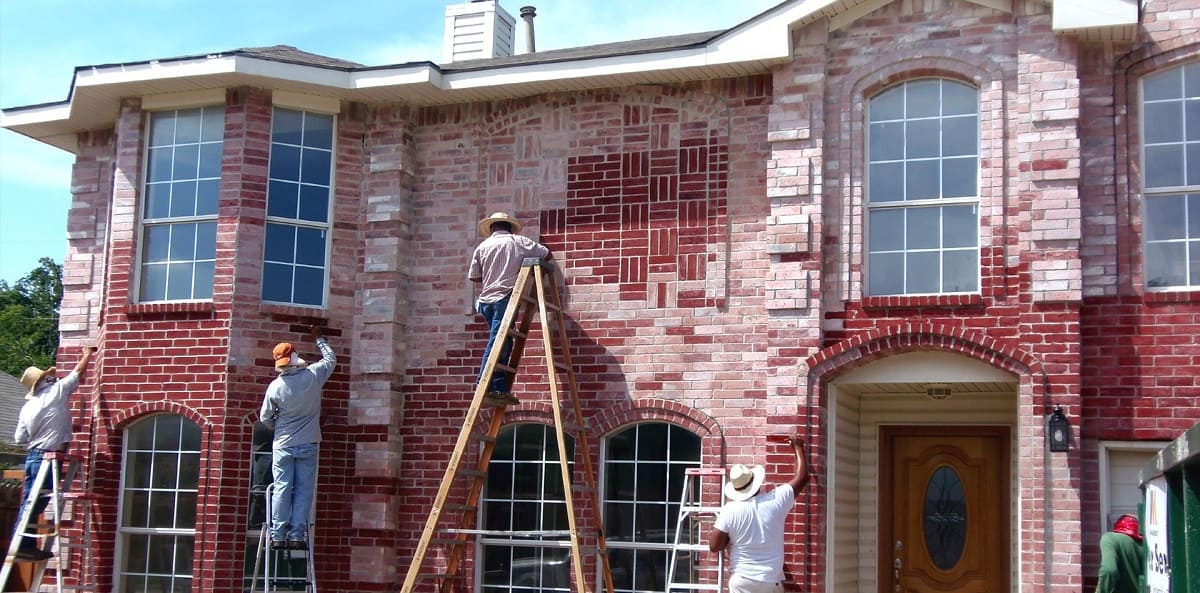
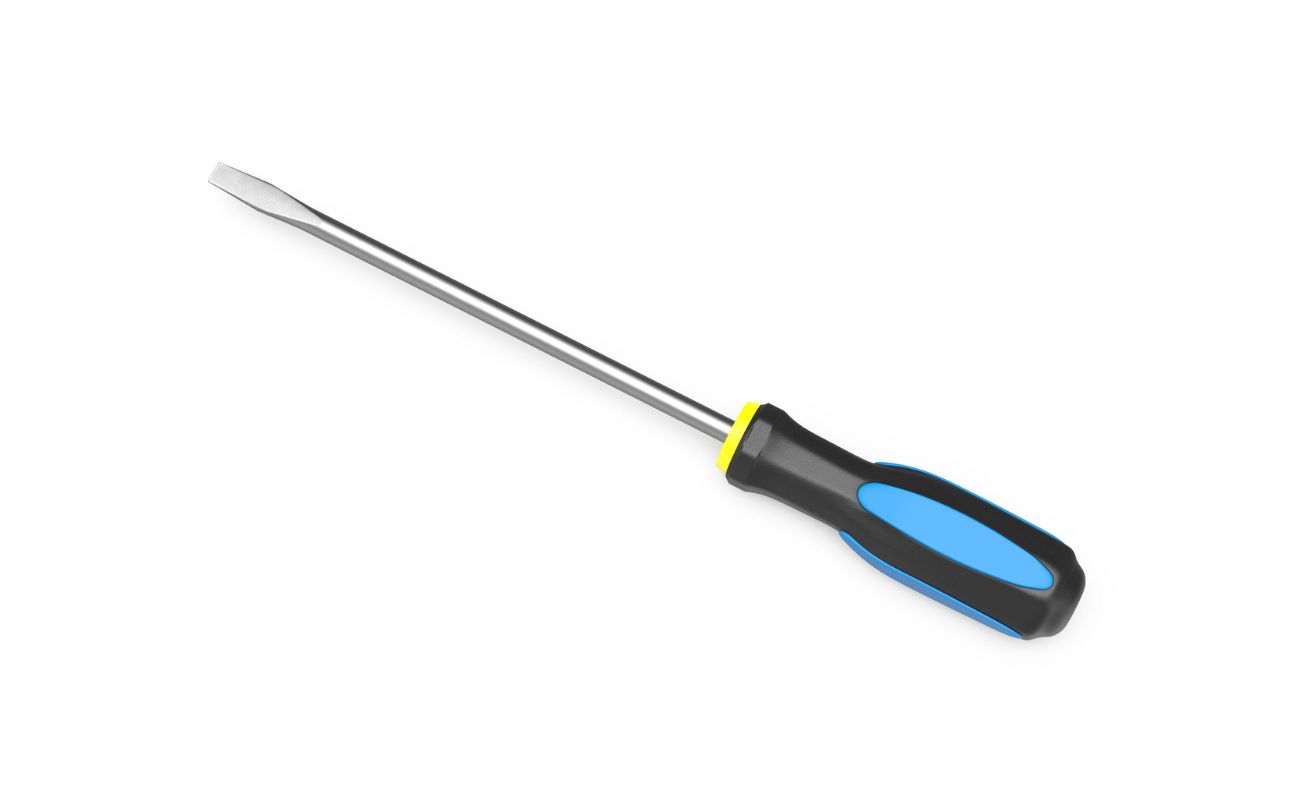

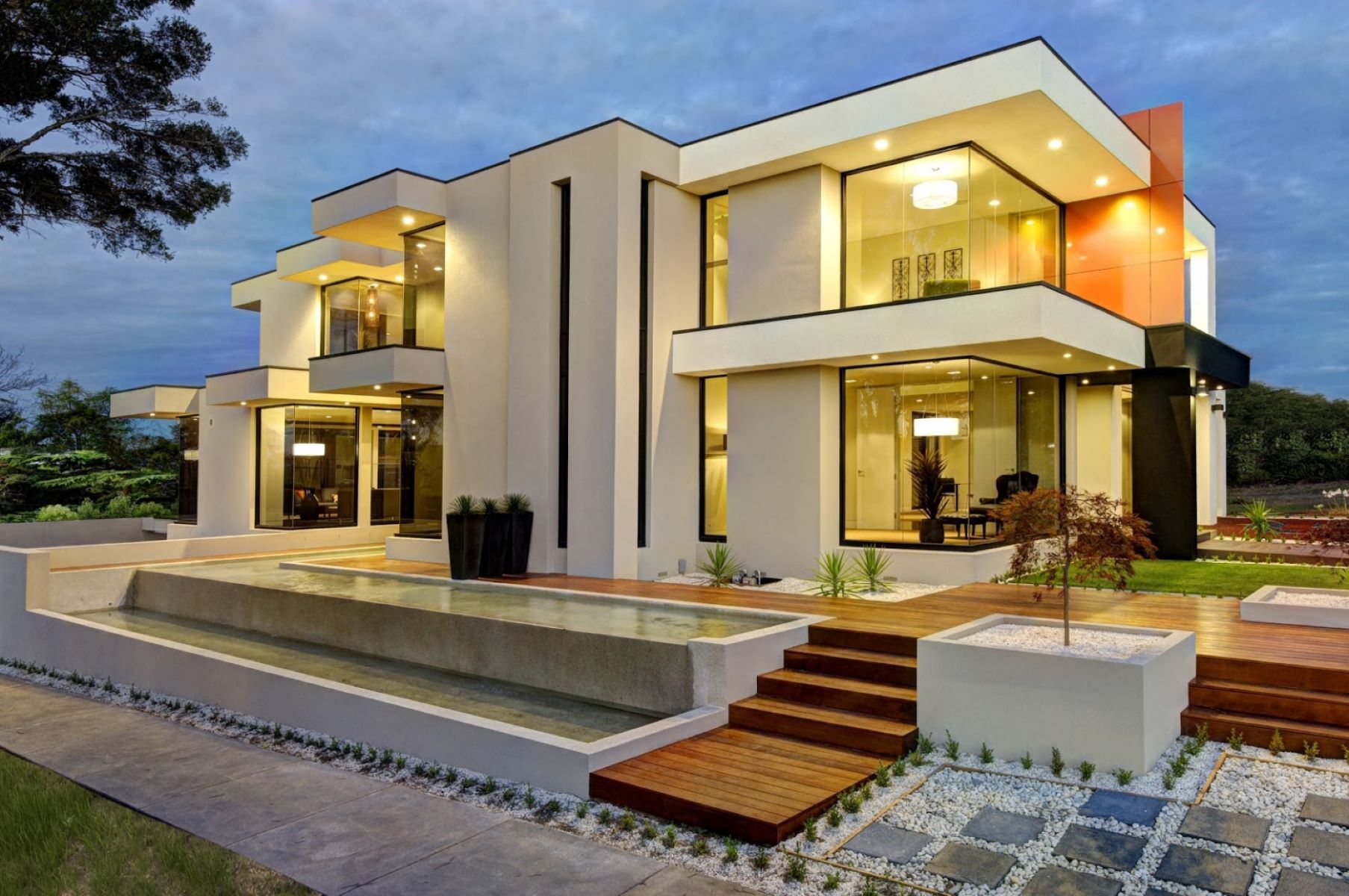


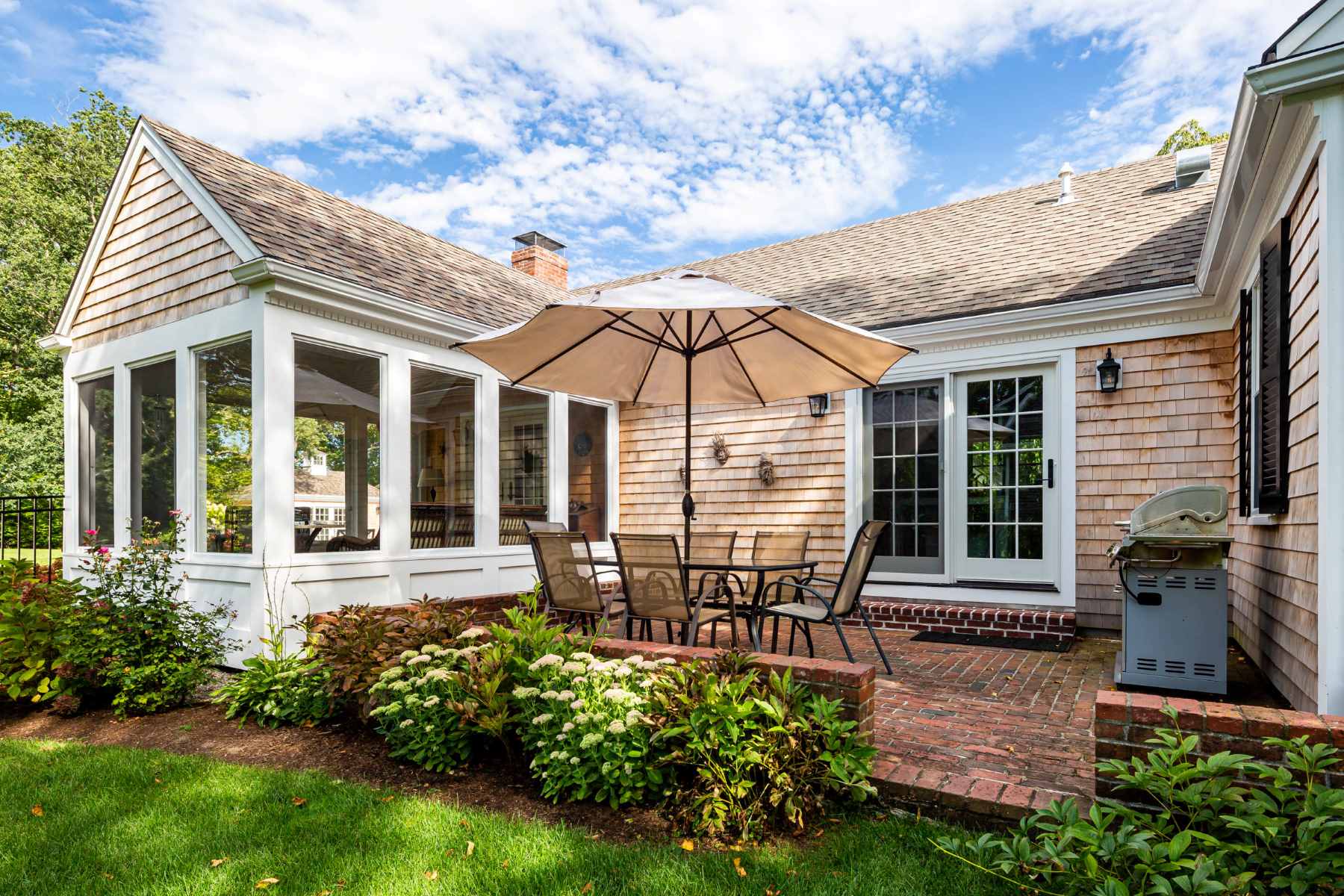
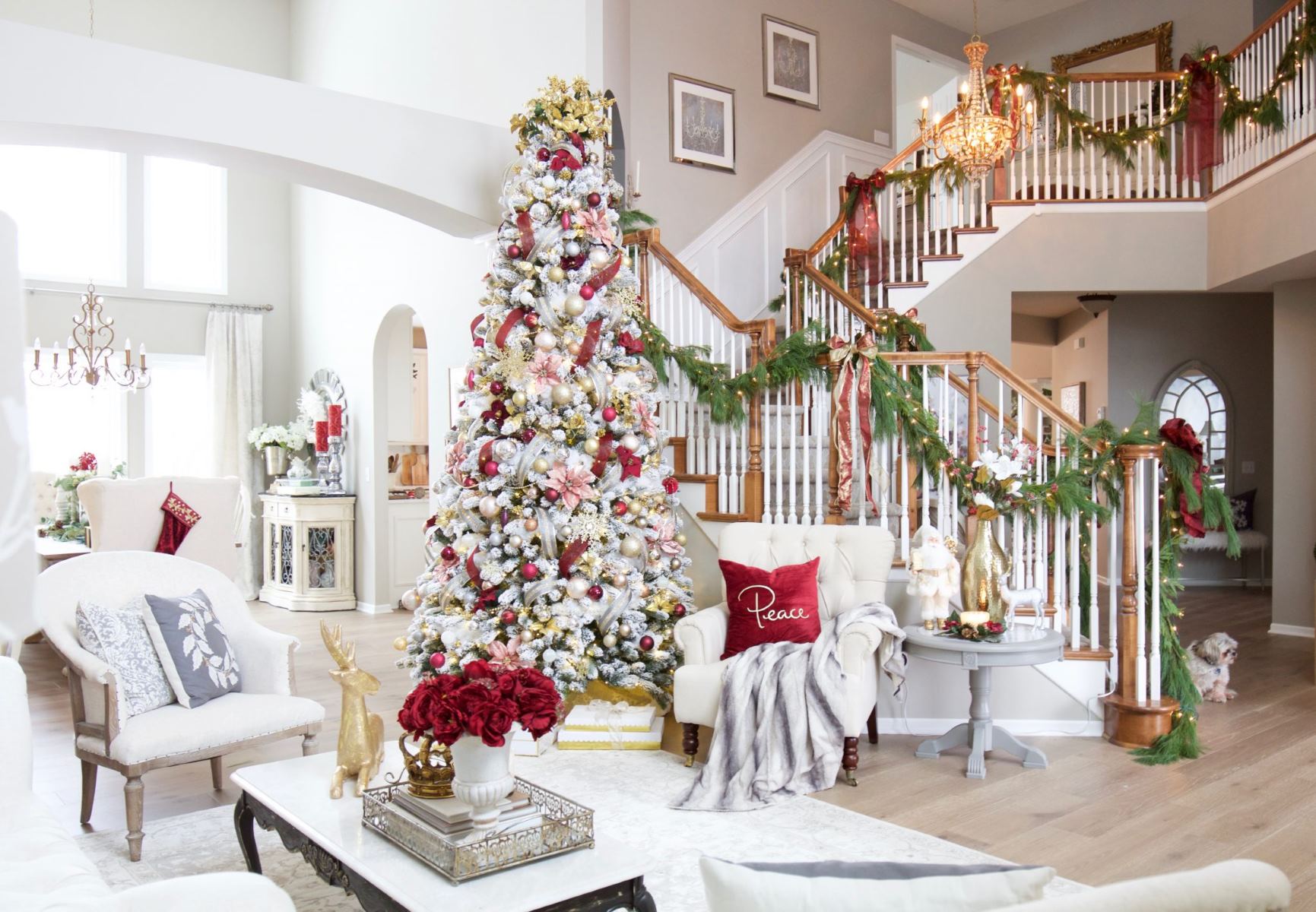
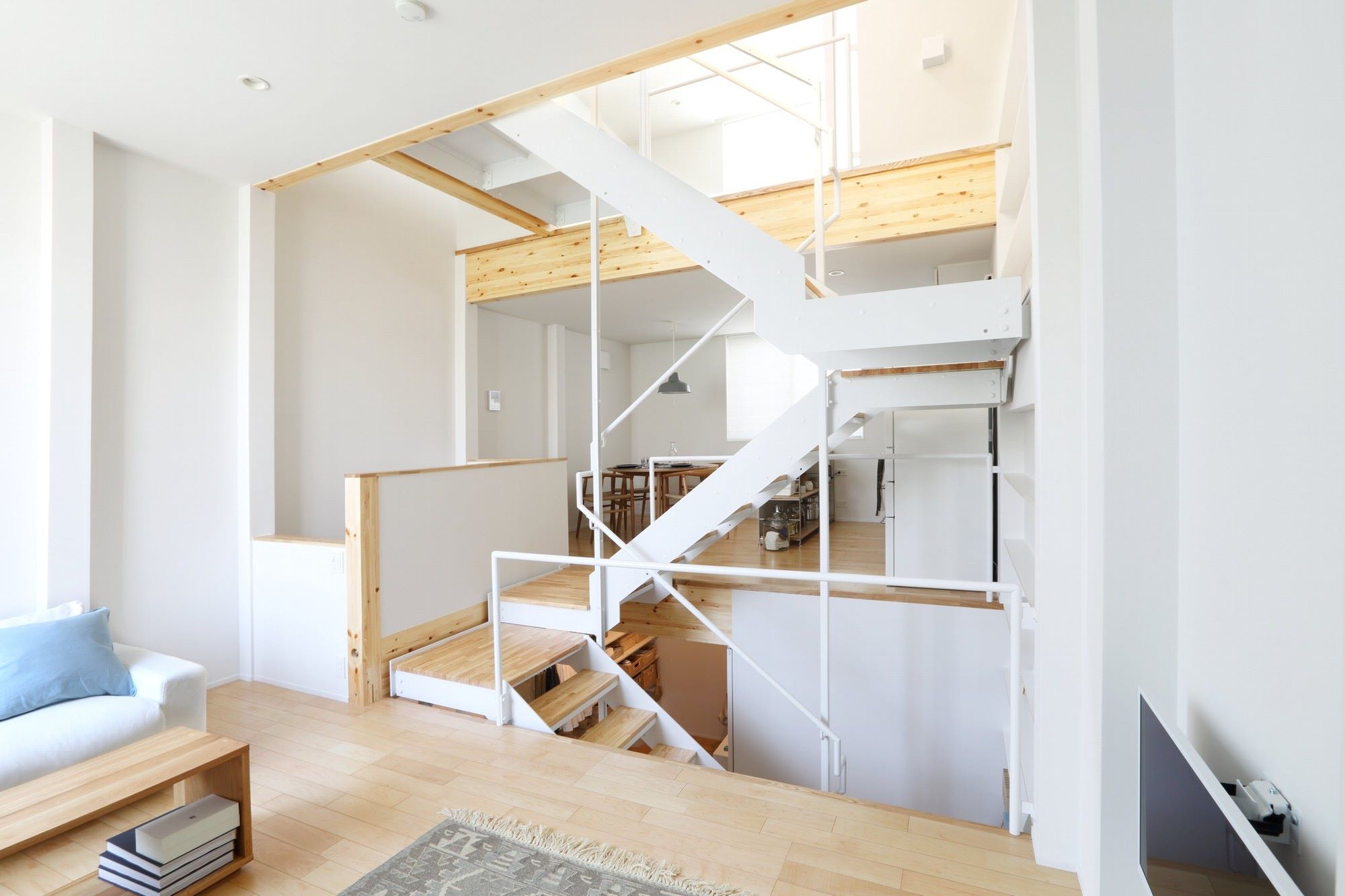




0 thoughts on “How To Design Your Spanish Mediterranean House”